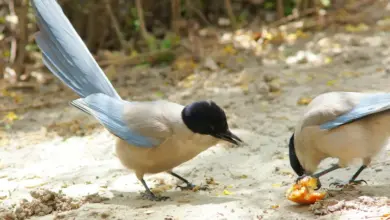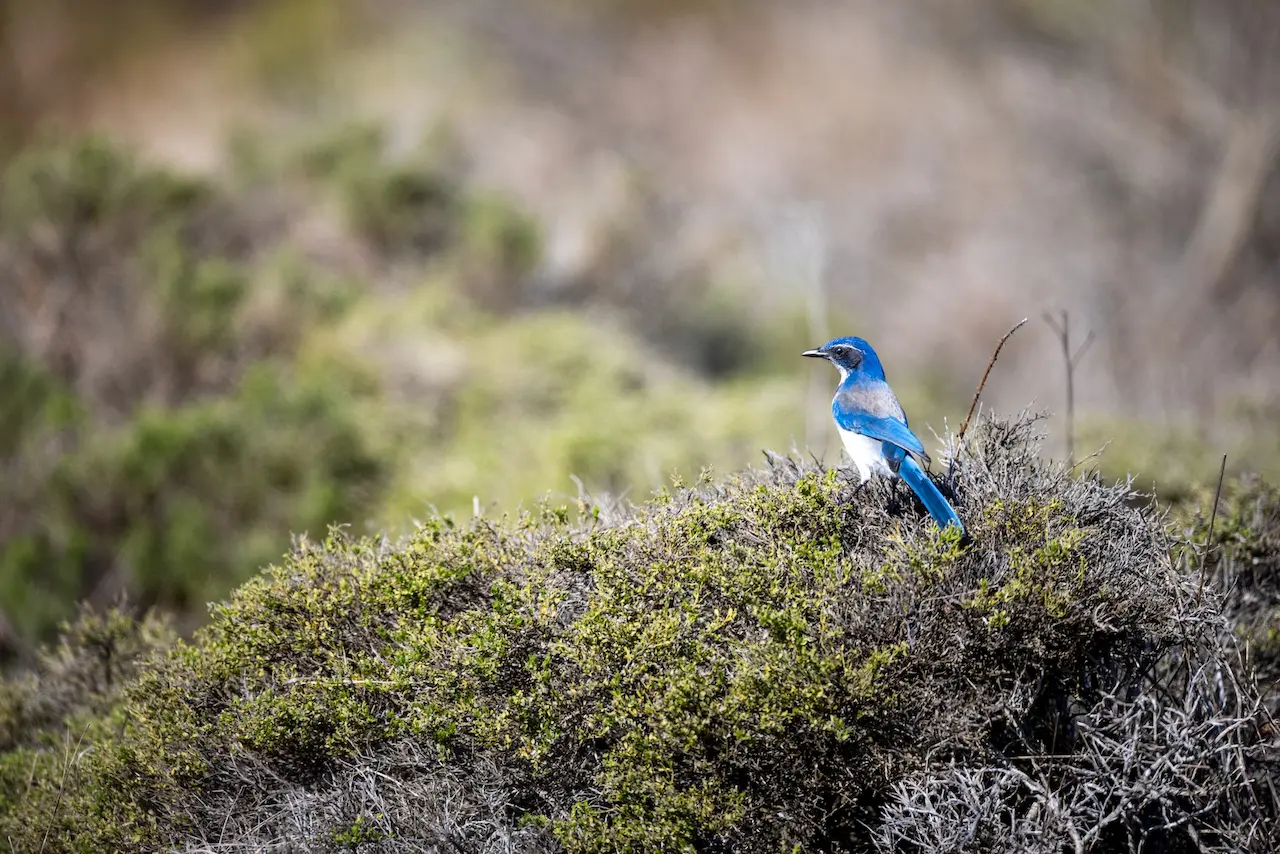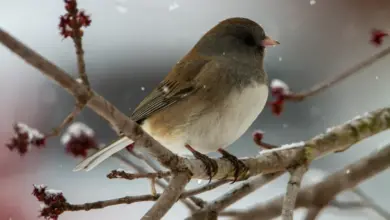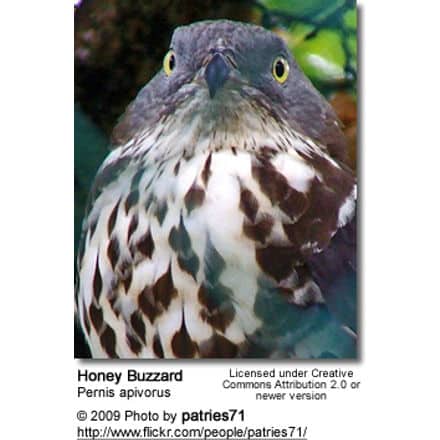Copper-rumped Hummingbirds
The Copper-rumped Hummingbird (Amazilia tobaci) – also commonly referred to as Common Emerald or Tobago Hummingbird – occurs naturally in South America.

Alternate (Global) Names
Spanish: Amazilia Bronceada de Cola Azul, Amazilia de Tobago … French: Ariane de Félicie … Italian: Amazilia groppone ramato, Colibrì gropparame … German: Kupferbürzelamazilie, Tobago Amazilie, Tobagoamazilie … Latin: Amazilia tobaci, Saucerottia tobaci, Saucerrotia tobaci … Czech: Kolibrík medenoritný, kolib?ík m?d?no?itý … Danish: Kobbergumpet Amazilie … Finnish: Kuparitimanttikolibri … Japanese: chagoshiemerarudohachidori … Dutch: Koperrugamazilia … Norwegian: Kobbergumpkolibri … Polish: szmaragdzik rudorzytny … Russian: ???????? ???????? … Slovak: kolibrík bránivý … Swedish: Koppargumpad smaragd
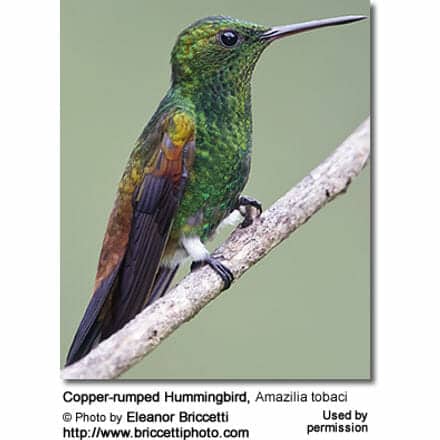
Distribution / Range
It occurs naturally in Venezuela (northern coast of South America), Trinidad and Tobago (an island group just off the coast of northeastern Venezuela), and has occurred as a vagrant on the island of Grenada (located northwest of Trinidad and Tobago).
It inhabits lowland areas up to 1,800 elevations, where they are found in forest areas, along the forest edges, in open country, savanna, thornscrub, gardens and cultivated areas.
This is the predominant hummingbird in Trinidad and Tobago.
Races and Ranges
Copper-rumped Hummingbird (Amazilia tobaci tobaci – J. F. Gmelin, 1788) – Nominate Species found on the island of Tobago (vagrant to Grenada)
- Trinidad Hummingbird (Lesson, 1829 – Amazilia tobaci erythronotos)
- Found on the island of Trinidad
- Felicia’s Hummingbird (Lesson, 1840 – Amazilia tobaci feliciae)
- Found in northcentral Venezuela
- Alice’s Hummingbird (Richmond, 1895 – Amazilia tobaci aliciae)
- Found in Margarita, Venezuela.
- Mountain Hummingbird (Todd, 1913 – Amazilia tobaci monticola)
- Found in Northwestern Venezuela
- Caura Valley Hummingbird (Berlepsch and Hartert, 1902. – Amazilia tobaci caurensis)
- Eastern and southeastern Venezuela
- Amazilia tobaci caudata (Zimmer and Phelps, 1949)
- Found in northeastern Venezuela.
Description
Copper-rumped Hummingbird averages 8.6 cm (:3.4 inches) in length (including tail) and weighs about 4.7 g (0.2 oz).
Males and females look alike. The adult plumage is mostly copper-green above, turning copper-bronze on the rump (lower back). The head and underplumage are bright green. The thighs are white,m and the tail and legs are black. The long and straight bill is mostly black, with some pink on the lower bill.
Subspecies differences:
- The Trinidad subspecies (Amazilia tobaci erythronotos) is smaller with more bronzing on the upper plumage than the nominate race.The Venezuelan subspecies differ in size and coloring of the rump and back.
Hummingbird Resources
- Hummingbird Information
- Hummingbird Amazing Facts
- Attracting Hummingbirds to Your Garden
- Hummingbird Species
- Feeding Hummingbirds

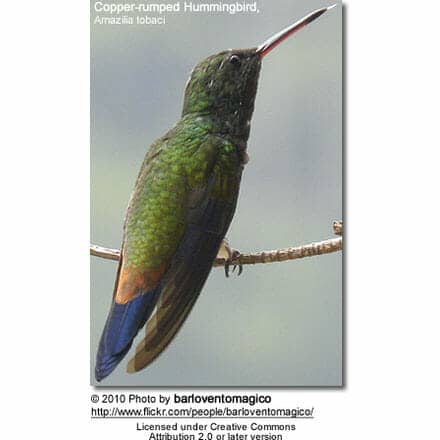
Nesting / Breeding
Hummingbirds are solitary in all aspects of life other than breeding; and the male’s only involvement in the reproductive process is the actual mating with the female. They neither live nor migrate in flocks; and there is no pair bond for this species. Males court females by flying in a u-shaped pattern in front of them. He will separate from the female immediately after copulation. One male may mate with several females. In all likelihood, the female will also mate with several males. The males do not participate in choosing the nest location, building the nest or raising the chicks.
The female is responsible for building the cup-shaped nest out of plant fibers woven together and green moss on the outside for camouflage in a protected location in a shrub, bush or tree.
She lines the nest with soft plant fibers, animal hair and feather down, and strengthens the structure with spider webbing and other sticky material, giving it an elastic quality to allow it to stretch to double its size as the chicks grow and need more room. The nest is typically found on a low, thin horizontal branch.
The average clutch consists of two white eggs, which she incubates alone for about 16 to 17 days, while the male defends his territory and the flowers he feeds on. The young are born blind, immobile and without any down.
The female alone protects and feeds the chicks with regurgitated food (mostly partially-digested insects since nectar is an insufficient source of protein for the growing chicks). The female pushes the food down the chicks’ throats with her long bill directly into their stomachs.
As is the case with other hummingbird species, the chicks are brooded only the first week or two, and left alone even on cooler nights after about 12 days – probably due to the small nest size. The chicks leave the nest when they are about 19 – 23 days old.
She may raise up to 3 clutches in a season.
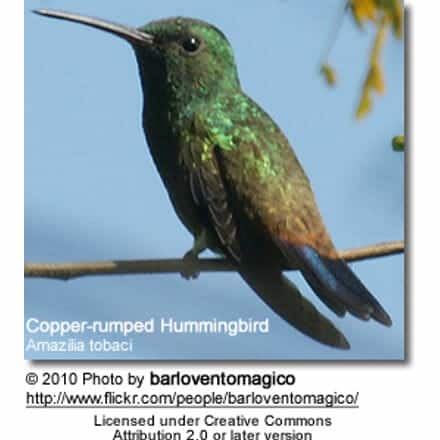
Diet / Feeding
They primarily feed on nectar taken from a variety of brightly colored, scented small flowers of trees, herbs, shrubs and epiphytes. They favor flowers with the highest sugar content (often red-colored and tubular-shaped) and seek out, and aggressively protect, those areas containing flowers with high energy nectar.They use their long, extendible, straw-like tongues to retrieve the nectar while hovering with their tails cocked upward as they are licking at the nectar up to 13 times per second. Sometimes they may be seen hanging on the flower while feeding.
Many native and cultivated plants on whose flowers these birds feed heavily rely on them for pollination. The mostly tubular-shaped flowers actually exclude most bees and butterflies from feeding on them and, subsequently, from pollinating the plants.
They may also visit local hummingbird feeders for some sugar water, or drink out of bird baths or water fountains where they will either hover and sip water as it runs over the edge; or they will perch on the edge and drink – like all the other birds; however, they only remain still for a short moment.
They also take some small spiders and insects – important sources of protein particularly needed during the breeding season to ensure the proper development of their young. Insects are often caught in flight (hawking); snatched off leaves or branches, or are taken from spider webs. A nesting female can capture up to 2,000 insects a day.
Males establish feeding territories, where they aggressively chase away other males as well as large insects – such as bumblebees and hawk moths – that want to feed in their territory. They use aerial flights and intimidating displays to defend their territories.
Calls / Vocalizations
Copper-rumped Hummingbird call is a chip. The song is a high-pitched tyee-tyee-tyoo.

